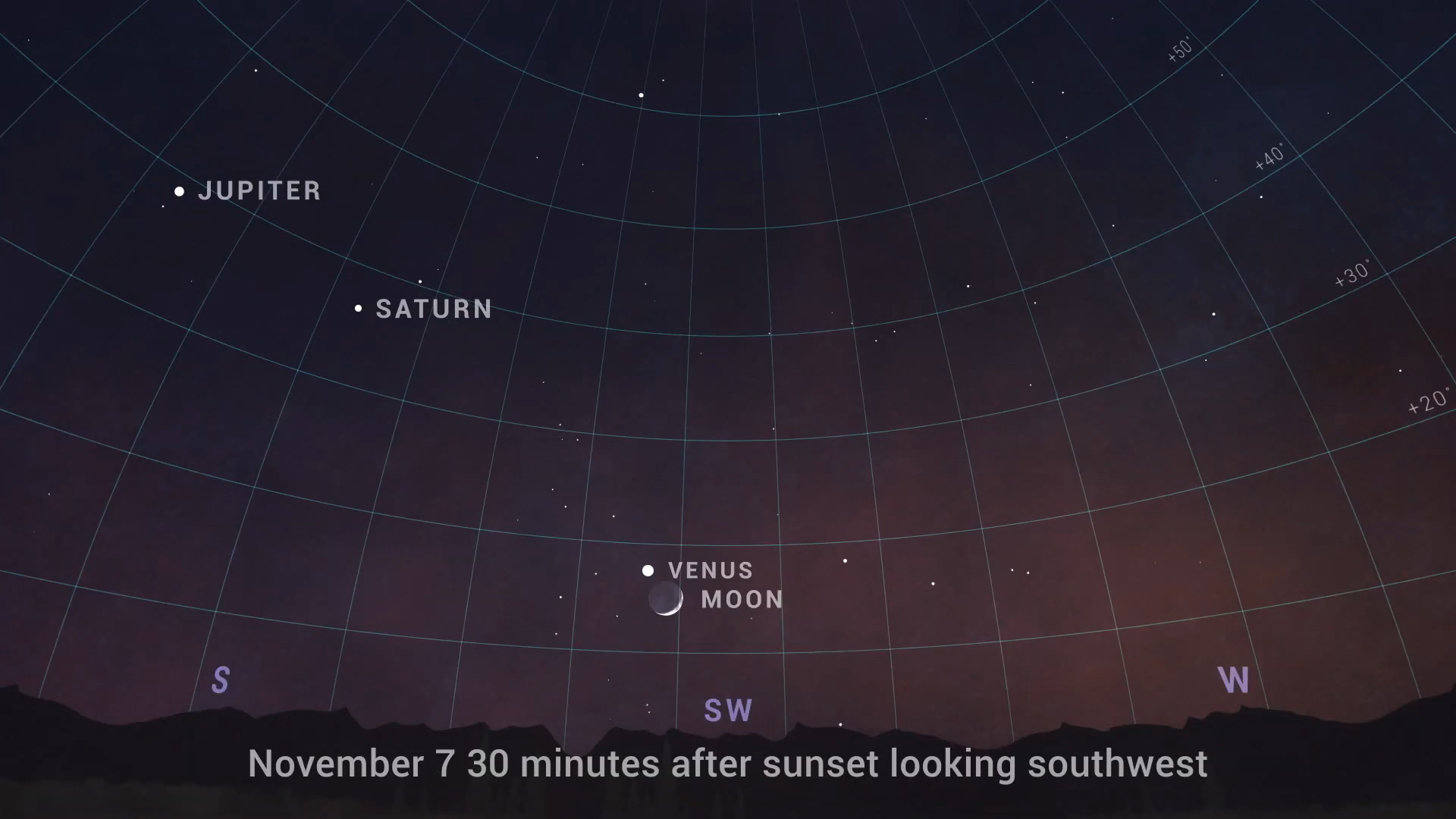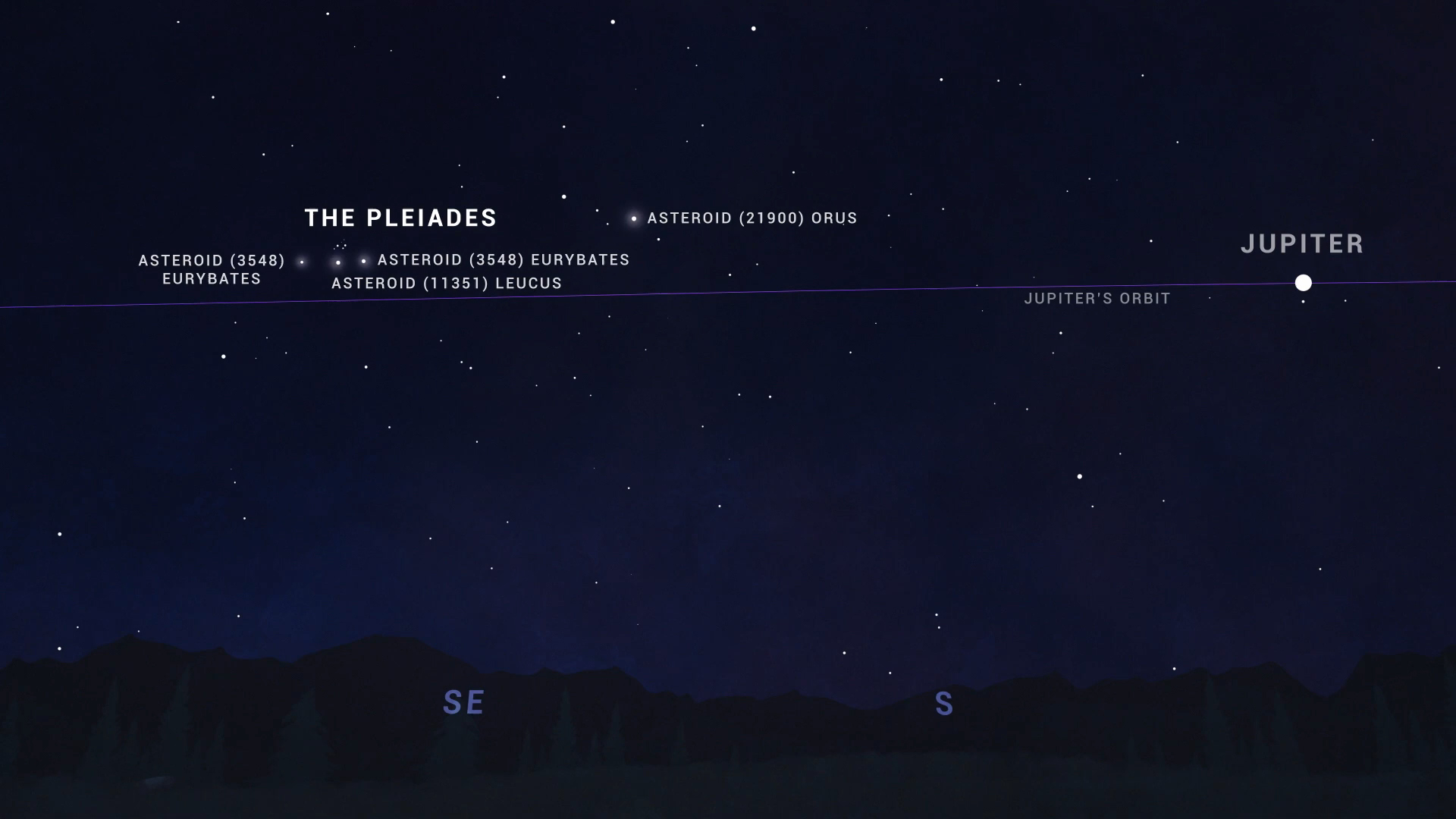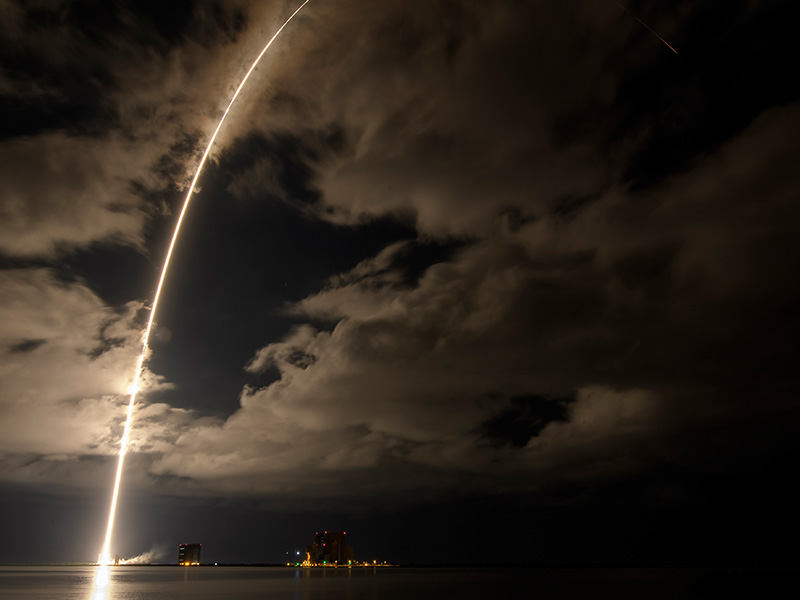What’s Up: November 2021
| Credit | Credit: NASA/JPL-Caltech |
|---|---|
| Historical Date | November 2, 2021 |
| Language |
|
Skywatching Tips from NASA
What's Up for November? Sunset planets, a partial lunar eclipse, and the return of the winter stars.
From November 6th through the 11th, watch the Moon glide past Venus, Saturn, and Jupiter after sunset in the south/southwest. In particular, if you step outside for a look on November 7th, you'll find the four-day-old crescent Moon just about 2 degrees away from Venus. Should be really pretty, so don't miss it.

And from now through early December, you'll find Jupiter and Saturn drawing a little closer to Venus each night.
A partial lunar eclipse is on the way, taking place overnight on November 18th and 19th, when the Moon slips into Earth's shadow for a couple of hours. Weather permitting, the eclipse will be visible from any location where the Moon appears above the horizon during the eclipse. Depending on your time zone, it'll occur earlier or later in the evening for you.

Now that's a huge swath of the planet that'll be able to see at least part of the eclipse, including North and South America, Eastern Asia, Australia, and the Pacific Region. So check the timing of its visibility for your area.
For U.S. East Coast observers, the partial eclipse begins a little after 2 a.m., reaching its maximum at 4 in the morning. For observers on the West Coast, that translates to beginning just after 11 p.m., with a maximum at 1 a.m.
Partial lunar eclipses might not be quite as spectacular as total lunar eclipses – where the Moon is completely covered in Earth's shadow – but they occur more frequently.
And that just means more opportunities to witness little changes in our solar system that sometimes occur right before our eyes.
All month long, if you're up late and cast your gaze toward the east, you'll notice some familiar companions have begun rising late in the night. The familiar stars of Northern winter skies are returning, rising late at night and sitting high in the south by dawn.

You'll find the Pleiades star cluster leading the constellations Taurus the bull and the hunter Orion, followed by the brightest star in the sky, Sirius – all of them back to keep us company on the long winter nights here in the Northern Hemisphere. (And for those in the Southern Hemisphere, they're keeping you company on shorter nights as spring gives way to summer there.)
A fun note about the Pleiades this month is that several of the 8 asteroids to be visited by NASA's Lucy mission are located in that part of the sky.

The Lucy spacecraft launched on Oct. 16th on its 12-year mission to visit a bunch of special asteroids called the Trojans. They share the orbit of Jupiter, with a group of them leading the planet, and another group following behind it.
Lucy will be the first space mission to explore this unique group of asteroids, providing new insights about the formation and early history of our solar system.
You can catch up on all of NASA's missions to explore the solar system and beyond at nasa.gov. I'm Preston Dyches from NASA's Jet Propulsion Laboratory, and that's What's Up for this month.
